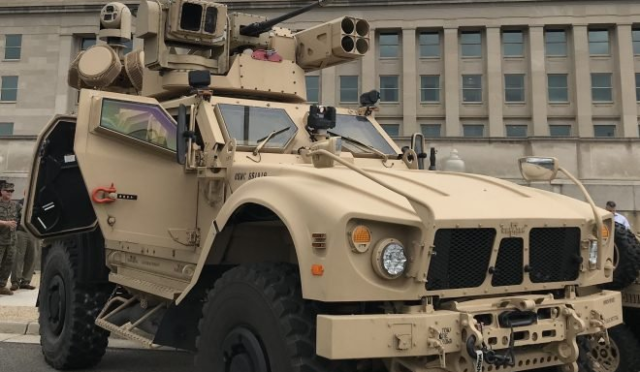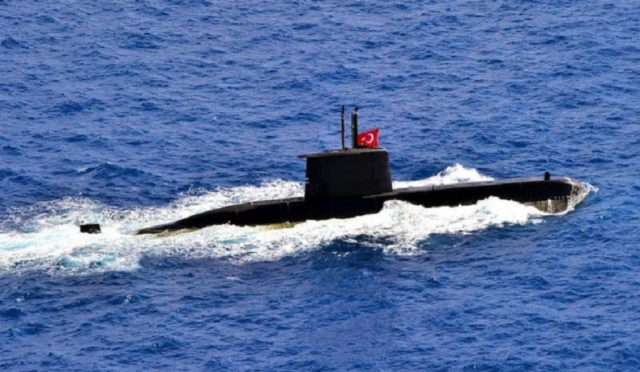Introduction to LTAMDS Radar Advancement
**The U.S. Army has officially approved the low-rate initial production of the LTAMDS (Lower Tier Air and Missile Defense Sensor) radar, marking a significant step forward in its air defense capabilities.** In a bid to enhance its defense technology, the Army has been on a mission for over 15 years to replace its aging Patriot systems, which are now considered less effective against evolving threats.
Initially, the Army sought to completely overhaul the Patriot system through a competitive procurement process. However, this plan was ultimately scrapped, leading to a strategic decision to separately develop a new command and control system alongside a next-generation radar. This shift was driven by the clear need for a radar that could provide 360-degree coverage and perform excellently against emerging threats.
Raytheon’s Involvement in LTAMDS
Multiple defense industry players competed to present their solutions, but on October 17, 2019, the Army chose Raytheon, awarding a substantial contract worth $384 million. This contract stipulated the delivery of six LTAMDS radars aimed at replacing the older Patriot systems. Raytheon committed to this timeline, successfully delivering the units within a five-year period.
Following successful flight tests last fall and earlier this year, the LTAMDS system was cleared for initial production. During these tests, the radar was integrated with both the PAC-2 and PAC-3 MSE Patriot missiles, proving its full compatibility with Northrop Grumman’s Integrated Battle Command System (IBCS). This integration is pivotal for enhancing operational capacity against sophisticated threats.
Field Testing and Operational Readiness
The LTAMDS underwent rigorous testing, including eight major missile tests and comprehensive assessments totaling 10,000 hours under extreme conditions, such as wind, rain, and dust. These tests were conducted in the field by military units to ensure robust operational resilience, confirming the system’s readiness for deployment.
Initially, the LTAMDS will be stationed in Guam, a strategic location that will bolster the U.S.’s air defense capabilities in the region. According to Defense News, the unit cost for each LTAMDS radar is currently between $125-130 million, but costs are expected to decrease in the long run. The Army plans to produce approximately ten radars in the first production batch with a total of 94 radars projected for the entire program.
Future Production Plans and International Orders
In addition to domestic orders, Raytheon has also secured a contract to manufacture twelve LTAMDS radars for Poland, marking the country as the radar system’s first international customer. The current production timeline for a single LTAMDS radar stands at around 40 months, but the U.S. Army is collaborating with Raytheon to expedite this process.
To achieve this goal, a consulting firm has been enlisted to optimize supply chain management, aiming to cut the production time down to 36 months, aligning with official program objectives. Furthermore, the new radar system is expected to undergo a test firing as it integrates into the wider Patriot air defense framework.







